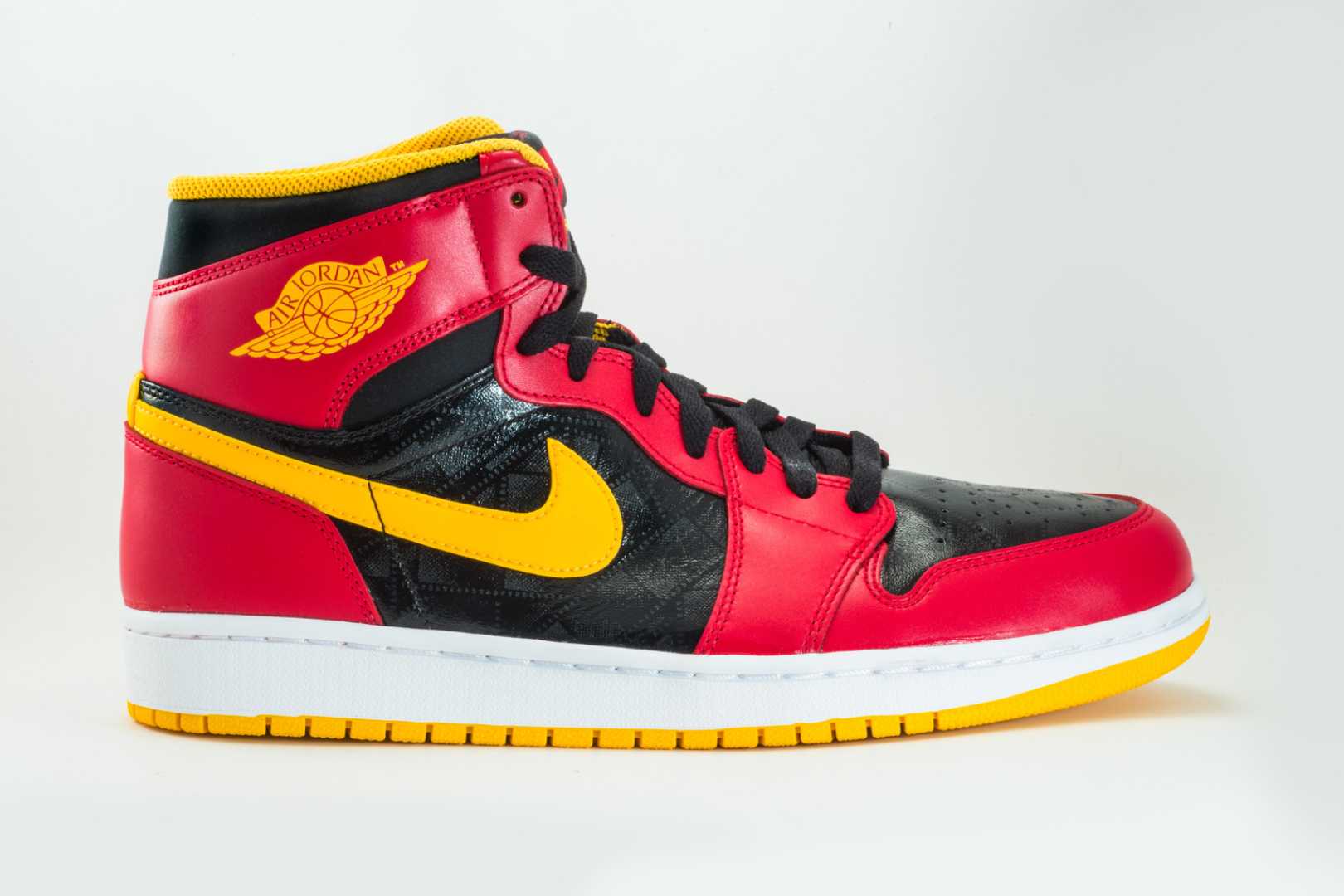Business
Nike Reports Mixed Earnings as Market Competition Intensifies

Nike, the globally renowned athletic shoe and apparel company, reported its first-quarter earnings for fiscal year 2025 on Tuesday, surpassing earnings forecasts but falling short on revenue expectations. This comes amid a period of heightened competition and a phase of slowing sales growth, leading to a notable drop in Nike’s stock on Wednesday, further extending its downturn throughout 2024.
The company announced earnings of 70 cents per share on a revenue of $11.6 billion. Analysts had anticipated a sharp decline in earnings, projecting them to fall by nearly 45% to 52 cents per share, alongside a 10% decrease in sales to $11.64 billion, as per data from FactSet.
Nike’s performance varied across several sectors. Its Nike Direct revenue dropped by 13% to $4.7 billion, largely impacted by a 20% dip in digital sales of the Nike brand. Wholesale revenues also saw an 8% reduction, totaling $6.4 billion. Overall, Nike brand revenue was down by 10%, reaching $11.1 billion. The company’s Converse brand experienced a 15% decline, generating $501 million with consistent downtrends across all territories, including a significant 11% revenue decline in North America and a 3% decrease in China.
During the investor call, Nike’s Chief Financial Officer, Matthew Friend, announced that the company is retracting its full-year guidance for 2025, citing a transitional phase. The company also postponed its investor day briefing, opting instead to provide quarterly updates. For the second quarter, Nike forecasts a revenue drop between 8% and 10%. The company expects double-digit declines in its men’s and women’s lifestyle sectors, the Jordan brand, and its digital businesses for the fiscal year 2025.
In an effort to address these challenges, Nike is shifting its focus away from popular lines such as Air Force 1, Air Jordan 1, and Dunk series. The company plans to rebalance its product allocations across more high-traffic channels, including wholesale, to maintain franchise vitality. Despite these challenges, Nike is investing in product innovation, particularly in running shoes, acknowledging growth areas like men’s fitness, soccer, and running footwear. Notably, its spring 2025 footwear order book is expected to see a double-digit increase from the previous year.
Nike also announced a leadership change, with the appointment of a new CEO. John Donahoe, the current CEO, will retire on October 13, but will remain an advisor until January 31. On September 19, Nike welcomed back a seasoned veteran of 32 years, who will assume the role of CEO on October 14. This individual has substantial experience within the company, having previously held senior positions across Europe and North America, including roles as President, Consumer and Marketplace.
In response to growing competition from brands such as On Holding and Deckers’ Hoka, Nike has pursued a strategy of cost-cutting and margin improvement by concentrating on direct-to-consumer sales and reducing reliance on wholesale outlets. This shift, however, has allowed competitors to gain market share.
Analysts have expressed optimism regarding the leadership change, with firms like Baird, Wells Fargo, and Evercore raising their price targets for Nike stock following the announcement, contributing to a nearly 7% increase in Nike’s stock on September 20.
Despite these developments, Nike’s stock dropped by nearly 7% on Wednesday, following a 0.8% increase during regular trading hours on Tuesday. Although the stock has shown some recovery from four-year lows, it remains significantly lower than its previous levels. As of now, Nike’s stock has fallen about 18% this year, making it one of the poorest performers within the Dow Jones Industrial Average.












